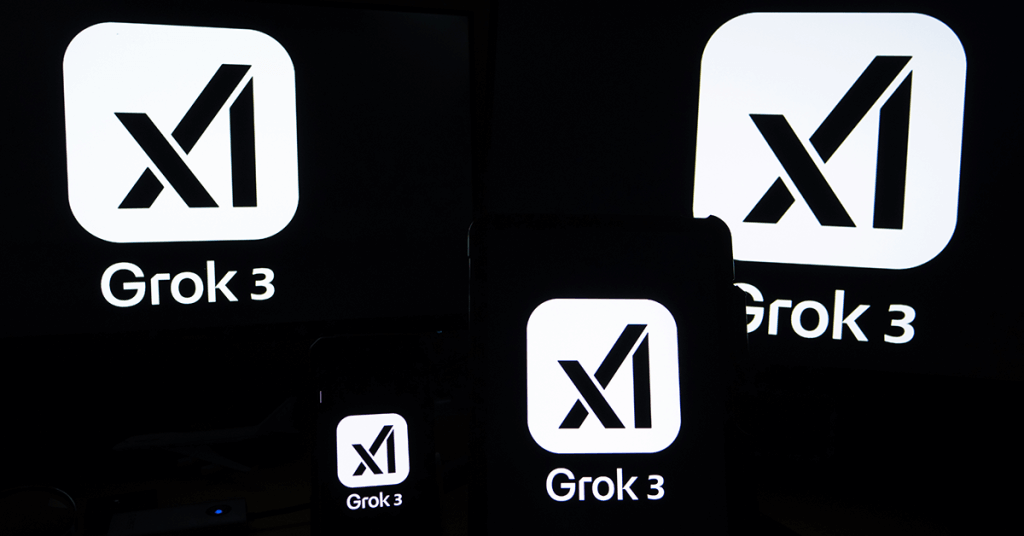Revolutionising Business Communication: How Grok AI Sets a New Standard in Human-Like Conversations
In today’s fast-paced digital landscape, effective communication is vital for businesses striving to stay ahead. Enter Grok AI, an innovative generative AI chatbot developed by xAI under the visionary leadership of Elon Musk, which is setting a new benchmark in human-like conversations. By harnessing the power of advanced Natural Language Processing and sophisticated Machine Learning algorithms, Grok AI is not only enhancing user experiences but also transforming industries by offering seamless, intelligent interactions. As we explore the transformative capabilities of Grok AI, we’ll delve into its unique features and consider the ethical implications of generative AI, guiding business owners and marketing professionals towards an optimized, AI-driven future with confidence and assurance.
Unveiling Grok AI’s Features
Grok AI, the brainchild of Elon Musk’s xAI, is revolutionizing the landscape of artificial intelligence with its cutting-edge features. This section explores the core technologies that power Grok AI and how they contribute to its human-like conversational abilities.
Advanced NLP and Machine Learning
Grok AI’s foundation lies in its sophisticated Natural Language Processing (NLP) and Machine Learning (ML) algorithms. These technologies work in tandem to create a powerful, adaptive system capable of understanding and generating human-like text.
NLP enables Grok AI to parse and comprehend human language with remarkable accuracy. It breaks down sentences, analyzes context, and interprets nuances in communication. This process involves tokenization, part-of-speech tagging, and semantic analysis.
Machine Learning algorithms, particularly deep learning models, allow Grok AI to improve its performance over time. By processing vast amounts of data, the system learns patterns, refines its responses, and adapts to new information.
The synergy between NLP and ML creates a dynamic system that can handle complex queries, engage in multi-turn conversations, and provide contextually relevant responses. This combination sets Grok AI apart in the realm of generative AI technologies.
Human-Like Conversations Explained
Grok AI’s ability to engage in human-like conversations stems from its advanced language model and contextual understanding. This feature sets it apart from traditional chatbots, offering a more natural and intuitive interaction experience.
The system employs a sophisticated technique called “context retention,” allowing it to maintain coherence throughout a conversation. This means Grok AI can reference previous statements, ask follow-up questions, and provide responses that build upon the ongoing dialogue.
Grok AI also utilizes sentiment analysis to gauge the emotional tone of user inputs. This enables it to respond with appropriate empathy or adjust its communication style to better suit the user’s mood or intent.
Moreover, the AI incorporates elements of conversational flow, including the use of filler words, pauses, and natural language patterns. This attention to detail creates a more authentic and engaging interaction, blurring the line between AI and human communication.
Industry Impact of Grok AI
Grok AI is not just a technological marvel; it’s a game-changer for various industries. This section examines how Grok AI is transforming business communication and its wide-ranging applications across different sectors.
Transforming Business Communication
Grok AI is revolutionizing the way businesses communicate, both internally and with customers. Its advanced capabilities are streamlining processes and enhancing customer experiences across various touchpoints.
In customer service, Grok AI enables 24/7 support with human-like interactions. It can handle complex queries, provide personalized recommendations, and even manage multiple conversations simultaneously. This leads to improved response times and customer satisfaction.
For internal communication, Grok AI acts as an intelligent assistant, facilitating smoother collaboration between teams. It can summarize meetings, draft emails, and even assist in project management tasks, boosting overall productivity.
Marketing teams benefit from Grok AI’s ability to analyze consumer behavior and generate tailored content. This enables more effective targeted campaigns and personalized customer engagement strategies.
Applications Across Various Sectors
Grok AI’s versatility makes it a valuable asset across numerous industries, each benefiting from its unique capabilities in different ways.
In healthcare, Grok AI assists in patient triage, appointment scheduling, and even preliminary diagnosis based on symptom description. It can also help medical professionals by summarizing patient histories and suggesting potential treatment options.
The finance sector utilizes Grok AI for risk assessment, fraud detection, and personalized financial advice. Its ability to process vast amounts of data quickly makes it an invaluable tool for market analysis and investment strategies.
In education, Grok AI serves as a virtual tutor, providing personalized learning experiences and instant feedback to students. It can also assist educators in curriculum development and student performance analysis.
E-commerce platforms leverage Grok AI to enhance product recommendations, manage inventory, and provide real-time customer support. This leads to improved sales conversions and customer retention rates.
Navigating AI Ethics
As Grok AI and similar technologies advance, it’s crucial to address the ethical implications of their widespread adoption. This section explores the ethical considerations surrounding generative AI and the importance of responsible innovation.
Ethical Considerations in Generative AI
The rapid advancement of generative AI technologies like Grok AI brings forth a host of ethical considerations that must be carefully addressed. These issues range from data privacy to the potential for misinformation and bias.
One primary concern is the protection of user data. Generative AI systems often require vast amounts of data to function effectively, raising questions about data collection, storage, and usage practices. Ensuring transparency and obtaining informed consent from users is crucial.
Another significant issue is the potential for AI-generated content to spread misinformation or deepfakes. As these systems become more sophisticated, distinguishing between AI-generated and human-created content becomes increasingly challenging. This poses risks to information integrity and public trust.
Bias in AI systems is also a critical ethical concern. If not properly addressed, AI can perpetuate or even amplify existing societal biases, leading to unfair or discriminatory outcomes. Regular audits and diverse training data are essential to mitigate this risk.
Balancing Innovation with Responsibility
Striking the right balance between pushing the boundaries of AI innovation and maintaining ethical standards is a complex but necessary endeavor. It requires collaboration between technologists, ethicists, policymakers, and the public.
Developing robust AI governance frameworks is crucial. These should include clear guidelines for AI development, deployment, and monitoring. Regular ethical audits and impact assessments can help identify and address potential issues before they escalate.
Transparency is key in building trust with users. Companies developing generative AI should be open about their AI’s capabilities, limitations, and the data used to train it. This includes clear communication when users are interacting with AI rather than humans.
Investing in AI literacy and education is also vital. As these technologies become more prevalent, it’s important for the public to understand how they work, their potential benefits, and their limitations. This knowledge empowers users to make informed decisions about AI interactions.
Lastly, fostering a culture of responsible innovation within the AI community is essential. This involves prioritizing ethical considerations throughout the development process and encouraging ongoing dialogue about the societal impacts of AI technologies.
In conclusion, Grok AI stands as a testament to the transformative power of generative AI technologies in business communication. By offering a seamless blend of advanced NLP and machine learning, Grok AI not only revolutionizes interactions with customers but also enhances internal workflows across industries. Its capabilities extend beyond traditional applications, providing innovative solutions in sectors such as healthcare, finance, education, and e-commerce. However, with such transformative potential comes the responsibility to address ethical considerations thoughtfully. Ensuring data privacy, combating misinformation, and mitigating bias are essential components of responsible AI innovation. As we navigate this evolving landscape, collaboration between stakeholders and transparency in AI practices will be pivotal. Grok AI sets a new standard for human-like conversations, urging us to embrace an AI-driven future while maintaining a steadfast commitment to ethical integrity.





